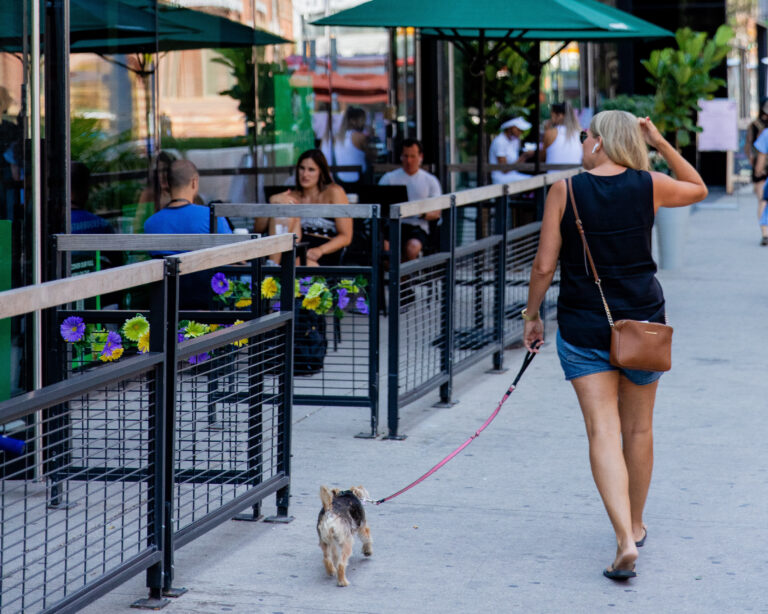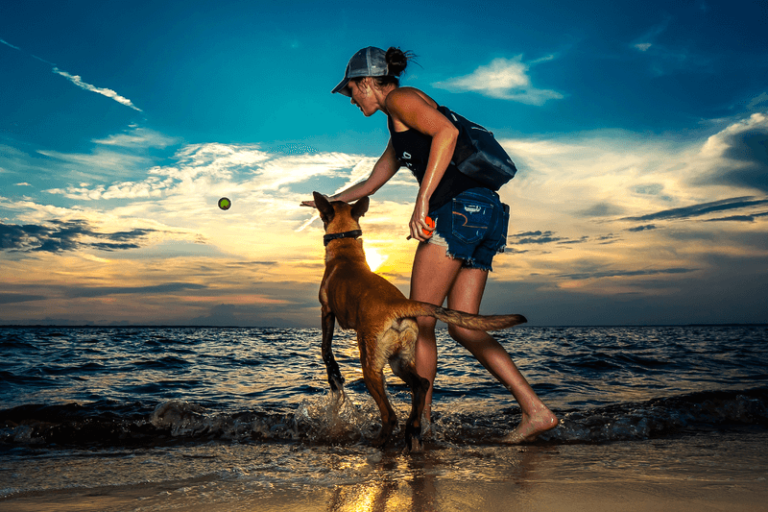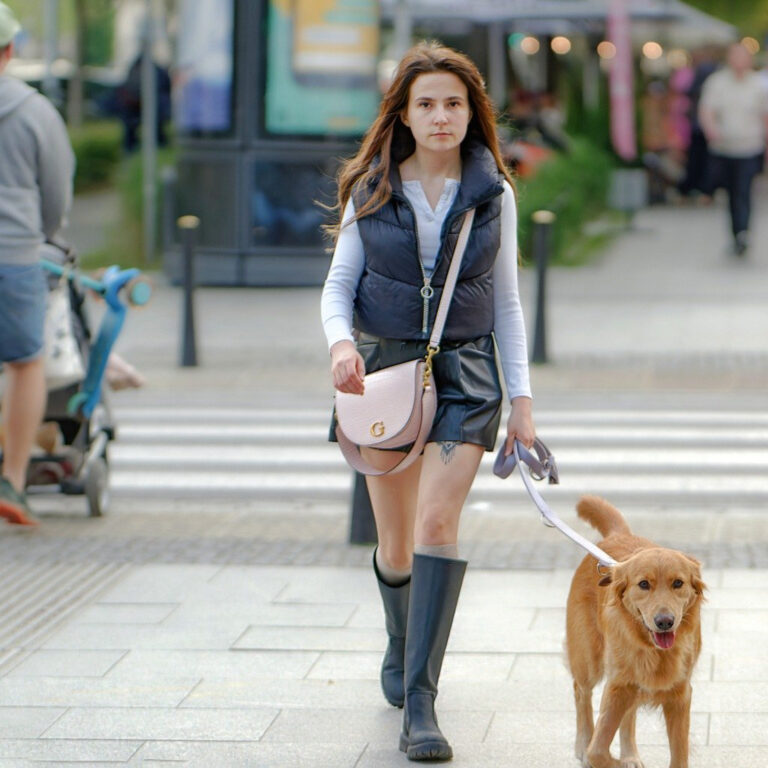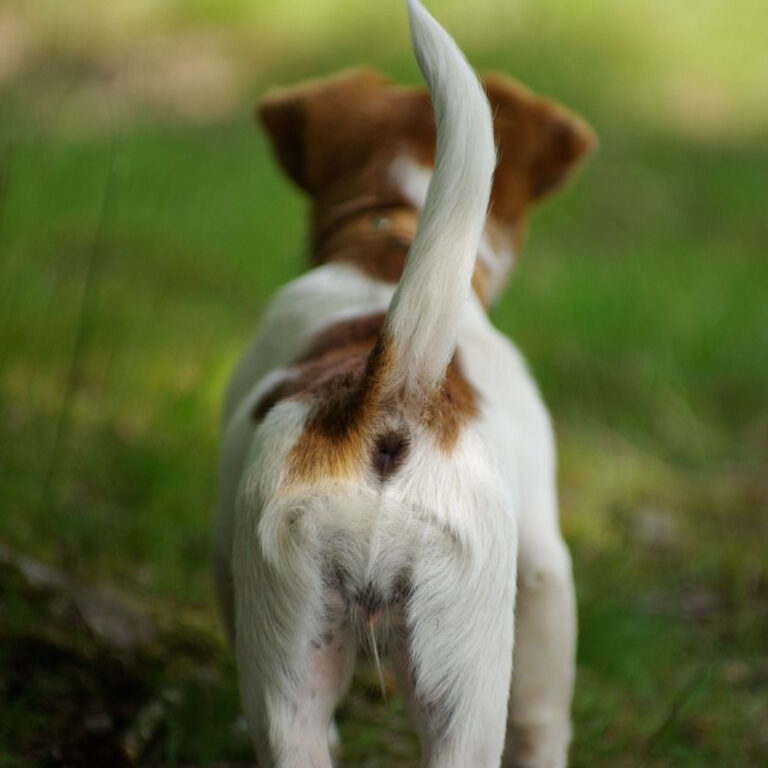Unleashing the Perfect Shot: Mastering Dog Photography Techniques and Tips
Unleashing the Perfect Shot: Mastering Dog Photography Techniques and Tips
This blog offers practical tips and creative ideas for photographing dogs, covering everything from camera settings to capturing their personality, with advice from Dayton Off Leash K9 Dog Training.
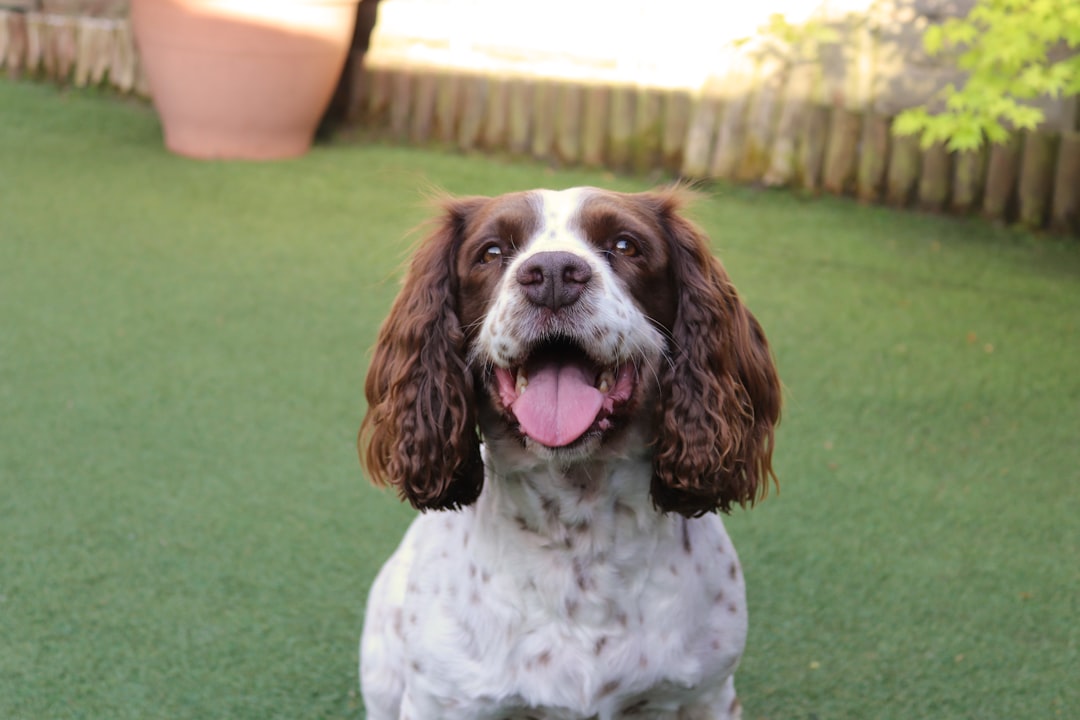
Understanding Your Furry Subject
Getting the perfect shot of your furry friend can be a challenging task, especially when you’re dealing with subjects who may not be as cooperative as you’d like. Dogs, in particular, may show reluctance or discomfort when faced with the camera. This resistance can often stem from a sense of invasion of their personal space, unfamiliarity with the camera equipment, or an aversion towards the sounds made by the camera.
In order to make the photography session a comfortable experience for your canine companion, it is essential to create a positive association with the camera. This can be achieved by gradually familiarizing the dog with the equipment and ensuring that their personal space is respected throughout the process. It would also be helpful to understand the unique behaviors and quirks of your pet, as this will allow you to better anticipate their actions and reactions. Dayton Off Leash K9 Dog Training specializes in understanding dog behaviors, helping to create a strong bond between owner and dog, which can be highly beneficial in creating more relaxed and natural portraits.
Harnessing the skills and techniques of dog trainers can also aid in achieving a more relaxed photography session. Dayton Off Leash K9 Dog Training, for instance, is highly proficient in creating a bond between the owner and the dog, making the dog more comfortable and cooperative during the shoot. Their training programs can help you understand why dogs behave the way they do, thus enabling you to capture them at their best.
Dog Photography: The Art and Challenges
Dog photography is an intricate art form that combines talent, patience, and a deep understanding of our canine companions. The goal is to capture the unique personality quirks and traits that make each dog a distinct individual. Whether it’s the gleeful frolic of a puppy or the serene gaze of an older dog, each moment offers a unique narrative, and it’s the photographer’s task to bring that narrative to life.
However, the journey to that perfect shot isn’t always as straightforward as it might seem. Dogs, unlike human subjects, can be unpredictable, often moving around and rarely sitting still for the camera. This, coupled with their potential discomfort or unfamiliarity with camera equipment, can present significant challenges to dog photographers. Additionally, dogs may interpret the camera as an invasion of their personal space, which can lead to anxiety and restlessness during a photo session. Therefore, it is essential to approach dog photography with a blend of patience, understanding, and a toolbox of professional techniques that can help overcome these challenges and put your furry subjects at ease.
Remember, the art of dog photography is a journey that extends beyond just capturing beautiful images. It’s about creating a positive experience for the dog, ensuring their comfort, and building a relationship of trust. This is where the expertise of Dayton Off Leash K9 Dog Training comes into play. Their understanding of dog behavior and their effective training methods can be incredibly beneficial in creating a relaxed environment for dog photography. After all, a comfortable dog makes for the most authentic and captivating portraits.
Understanding Your Furry Subject
Photographing dogs, while rewarding, can present its unique set of challenges. One such challenge can be a dog’s discomfort with the camera. This discomfort can stem from various factors such as the intrusion of their personal space, the unfamiliar sight of the camera, or even the unusual sounds it makes. Overcoming this hurdle is crucial to capturing stunning canine portraits.
Creating a positive association with the camera can be a game changer. Gradual familiarization with the camera, showing them it’s not a threat but a harmless object, can help mitigate their unease. Additionally, respecting their personal space during the process is vital. Remember, you’re not just capturing a photo; you’re capturing their trust and comfort.
Understanding your dog’s behavior plays an indispensable role in capturing their true personality in the frames. Dayton Off Leash K9 Dog Training is an expert in deciphering dog behavior, helping you form a strong bonding with your furry friend. Their expertise can be instrumental in aiding you to create engaging dog portraits that narrate the unique story of your pet. Visit their website to learn more about their effective training programs and how they can assist in your journey of capturing the perfect canine portrait.
Essential Camera Settings and Techniques
Capturing the essence of your furry friend in a photograph is a delightful art that requires a keen understanding of camera settings and techniques. One of the most critical aspects of dog photography is the choice of camera settings, which can significantly influence the outcome of your portraits. A fast shutter speed, for instance, is essential to freeze those spontaneous and energetic moments that dogs are known for. It allows you to snap the action as it happens without ending up with a blurry image.
On the other hand, focusing on the eyes is another critical technique in dog photography. The eyes are often said to be the windows to the soul, and this is particularly true for dogs. By focusing on their eyes, you can capture not just their outward appearance, but their personality and character as well. But it’s not just about the DSLR or mirrorless cameras; even your smartphone or a simple point-and-shoot camera can work wonders in capturing beautiful portraits of your pet with the right techniques.
Another key element to consider when photographing dogs is lighting. Natural light, in particular, can dramatically enhance your dog photography. The best times for outdoor photography are during the golden hours of sunrise or sunset. This is when the light is soft and warm, casting a beautiful glow on your dog and creating a spectacular backdrop for your portraits. Ultimately, understanding and mastering these camera settings and techniques can transform your dog portraits from ordinary to extraordinary.
The Perfect Setting: Location and Lighting
Dog photography, much like other forms of the art, is significantly influenced by location and lighting. Selecting an optimum location for your photoshoot is a crucial step. The chosen setting should be one where your canine companion feels most at ease; it could be their favorite dog park, a local beach, or even the comfort of your backyard. The familiarity of the surroundings often helps dogs relax, allowing their natural charm to shine through in your photos.
Lighting also plays a pivotal role in capturing the perfect canine portrait. Natural light, when utilized correctly, can produce stunning photos that are both vibrant and lifelike. It can help avoid the unappealing red-eye effect and create beautifully soft shadows, adding depth to your shots. However, one must be cautious of using flash when photographing dogs. The sudden bright light can startle them, leading to discomfort and potentially causing harsh shadows that can detract from the overall composition. To enhance the quality of your photographs, consider consulting with professionals. Dayton Off Leash K9 Dog Training, with their extensive experience in understanding canine behavior and preferences, can provide invaluable advice on choosing the best locations and times for dog photography.
Capturing Your Dog’s Personality
Successfully capturing your dog’s unique personality within a photograph is an art that requires a blend of patience, timing, and creativity. One of the most effective strategies to engage your furry friend during a photo session is to incorporate toys, treats, and props. These elements not only stimulate your pet’s interest but can also highlight their individual character traits. For example, a playful pooch may be most expressive when chasing after a favorite ball, while a treat-focused dog may showcase a surprisingly intense concentration when eyeing their favorite snack.
However, capturing your dog’s personality extends beyond just using props and rewards. It’s about understanding and interacting with your dog on their level. Changing your perspective and getting down to their level can provide a more intimate, engaging portrait. Patience is also crucial. Dogs are not always cooperative subjects, and they may not follow directions as a human model might. Therefore, it’s important to stay patient and wait for those genuine moments of joy, curiosity, or even mischief to naturally unfold.
In light of this, the methods offered by Dayton Off Leash K9 Dog Training can be incredibly beneficial. Their techniques, backed by a deep understanding of dog behavior, can foster a stronger bond between you and your pet, thus helping to create more authentic and compelling photographs. With their guidance, you’ll be able to effectively capture the unique personality traits that make your dog truly special.
Post-Processing Tips
Post-processing is a vital stage in the art of dog photography that should not be underestimated. This phase involves the use of photo editing tools and techniques to enhance and modify the raw images, thereby bringing out the best in your canine companion’s portraits. By utilizing photo editing apps, photographers can easily adjust various elements of the images such as brightness, contrast, color balance, and sharpness, to name a few. These adjustments can dramatically improve the overall aesthetic appeal of the photos, making them more vibrant and visually pleasing.
Moreover, a key strategy to further ensure success in capturing the perfect dog portrait is to take a multitude of photos during your photo session. Adopting the methodology of taking numerous snapshots increases your odds of discovering that one perfect shot that encapsulates your dog’s personality and charm. The rationale behind this technique is simple: the more photos you have, the wider your range of choice will be when selecting the best image during the post-processing stage. Therefore, do not hesitate to fill your camera roll with a slew of photos, as it can significantly increase your chances of procuring that flawless canine portrait.
Conclusion and Call to Action
Mastering the art of dog photography is a journey of continuous learning and experimenting. It’s an intricate dance, one where you need to understand your furry subject, know how to use your camera to its full potential, select the perfect location, and most importantly, exercise patience. As we’ve discussed throughout this article, each of these elements plays a crucial role in capturing that perfect portrait of your dog.
However, even with the right techniques and tips under your belt, the real secret lies in practice and experimentation. By consistently applying what you’ve learned, you’ll gradually hone your skills and develop your unique style. You’ll discover what works best for you and your dog, resulting in stunning portraits that truly capture the essence of your canine companion.
In order to further enhance your understanding of dog behavior and training, we highly recommend exploring the website of Dayton Off Leash K9 Dog Training. Their expertise in understanding why dogs behave the way they do can help create a strong bond between you and your dog. This bond, in turn, will greatly enhance your dog photography experience, as a deeper connection with your subject always leads to better results. So, don’t wait. Begin your journey towards capturing the perfect canine portrait today!
Would you like a certified trainer to contact you?
Frequently Asked Questions (FAQs)
- What are the essential camera settings for capturing stunning dog portraits? Fast shutter speeds and focusing on the eyes are crucial for capturing stunning dog portraits. Even if you’re using a phone or point-and-shoot camera, these settings can help you get great results.
- How can I use natural lighting to enhance my dog photography? Natural light, particularly during the golden hours of sunrise or sunset, can add a magical touch to your dog portraits. Avoid using flash as it can startle dogs and create harsh shadows.
- What are some tips for capturing a dog’s personality in a portrait? Use toys, treats, and props to get your dog’s attention. Change your perspective, get down to their level, and be patient. Remember, the best photos often come from spontaneous moments.
- What are the best locations for photographing dogs? Choose locations where your dog feels comfortable and familiar, such as a dog park, a beach, or your backyard. Dayton Off Leash K9 Dog Training can provide advice on perfect locations for dog photography.
- How can I grab a dog’s attention using treats and toys during a photo session? Treats, toys, and props can be used to grab your dog’s attention during a photo session. These items can help to capture your dog’s interest and highlight their personality in the photos.
- What are some post-processing tips for editing dog portraits? Use photo editing apps to adjust your photos and highlight the best features of your dog. And remember, take lots of photos. The more photos you take, the better chances you have of finding that perfect one.
- How can I make my dog feel comfortable during a photo shoot? Familiarize your dog with the camera equipment and respect their personal space. Create a positive association with the camera and choose locations that are comfortable and familiar to your dog.
- What are the potential challenges when photographing dogs, and how can they be overcome? Challenges when photographing dogs include their reluctance to pose, nervousness around camera equipment, and hyperactivity. Overcoming these challenges requires patience, understanding, and the right techniques.
- Are there specific techniques for capturing action shots of dogs? Use a fast shutter speed to capture action shots of dogs. Anticipate your dog’s movements and have your camera ready to capture those fleeting moments.
- What are some creative ideas for incorporating props and accessories in dog photography? Props and accessories, such as toys, costumes, and even treats, can add a fun and interesting element to your dog portraits. They can also help to grab your dog’s attention and bring out their personality in the photos.



